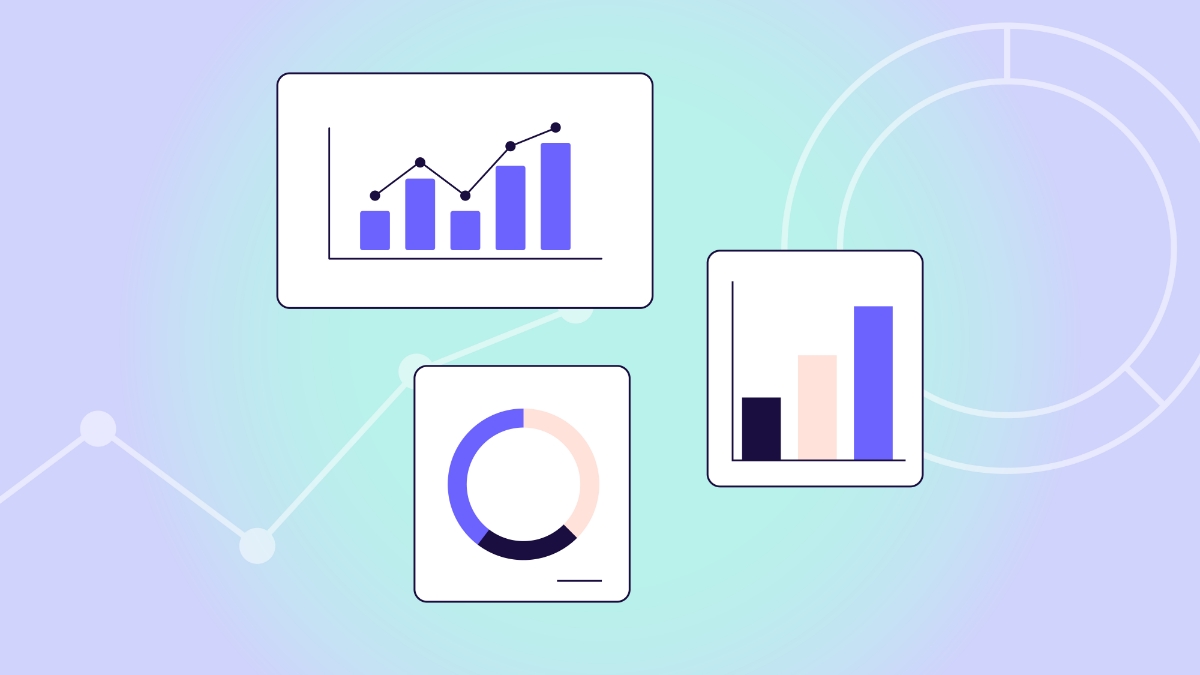At the heart of most digital strategies lies the ultimate goal: Conversions. Whether it’s completing a purchase, filling out a contact form, or subscribing to a newsletter, these actions are the lifeblood of online success.
One of the most powerful resources at your disposal for achieving this goal is web analytics. Web analytics provides a comprehensive view of how users interact with your website. By collecting and analysing this data you can determine what factors contribute to successful conversions and what hinders them.
This article will briefly cover:
- Understanding web analytics.
- The key metrics you should be tracking.
- The basics when setting up analytics.
- How best to use this data.
Understanding Web Analytics
Web analytics is the measurement, collection, analysis, and reporting of web data to understand and optimise web usage. It’s not just about counting visitors; it’s about gaining actionable insights that can drive business decisions.
Key Metrics to Track
When diving into web analytics, several key metrics stand out:
- Traffic Metrics: These include page views, unique visitors, and sessions. They give you a broad picture of how many people are visiting your site.
- Engagement Metrics: Time on page, bounce rate, and pages per session tell you how users interact with your content.
- Conversion Metrics: Conversion rate and goal completions show how effectively your site is meeting its objectives.
- Acquisition Metrics: Traffic sources and referrals help you understand where your visitors are coming from.
Popular Analytics Tools
While numerous tools are available, Google Analytics remains the most widely used, offering a comprehensive suite of features for free. But ultimately the choice of tool often depends on your specific needs and budget. While Google Analytics is great for most businesses, larger enterprises might benefit from more robust paid solutions. Some of these paid analytics tools include Adobe Analytics, Mixpanel and Amplitude.
Best Practices for Setting Up Analytics
- Install tracking codes correctly on all pages.
- Configure goals and events to track specific user actions.
- Set up filters to exclude internal traffic and bots.
- Create segments to analyse different user groups.
Understanding User Behaviour
Modern analytics tools offer features like heat maps, click tracking, and session recordings. These provide visual representations of how users interact with your site.
A/B testing, integrated with analytics, allows you to compare different versions of your web pages or components to see which performs better.
Performance Metrics Matter
Page load time and server response time are crucial performance metrics. According to Google, the probability of a visitor bouncing from your website increases by a staggering 32% when the page load time jumps from just 1 second to 3 seconds.
Introduced by Google in 2020, Core Web Vitals have become key indicators of a site’s performance for user experience. The following metrics should be monitored regularly:
- Largest Contentful Paint (LCP): This measures loading performance. To provide a good user experience, LCP should occur within 2.5 seconds of when the page first starts loading.
- First Input Delay (FID): This measures interactivity. For a good user experience, pages should have a FID of less than 100 milliseconds.
- Cumulative Layout Shift (CLS): This measures visual stability. To provide a good user experience, pages should maintain a CLS of less than 0.1.
From Data to Action
With all that being said, the true value of analytics lies in how you use the data. Here are some practical steps to get the most out of your data:
- Regularly review your analytics dashboard.
- Identify underperforming pages and optimise them.
- Use insights to inform content strategy.
- Continuously test and refine your site based on user behaviour.
The Future of Web Analytics
As we look ahead, AI and machine learning are set to play a bigger role in analytics. Predictive analytics will allow businesses to anticipate user needs and behaviours, leading to more personalised web experiences.
Cross-device tracking is also improving, providing a more holistic view of the user journey.
Conclusion
Website analytics provides a constant feedback loop that empowers businesses to adapt, improve, and thrive. Businesses who embrace this powerful tool find themselves equipped to make informed decisions, optimise their online presence, and drive meaningful growth.
